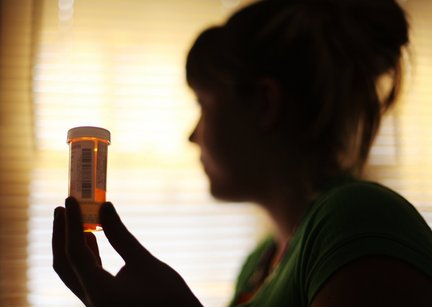
Prescription to Addiction and Education- The Heroin Problem
This problem has caught the attention of parents, friends, law enforcement officers, substance abuse counselors, and healthcare providers. In just a 14 year span the number of deaths from heroin overdoses quintupled from 1,842 a year to almost 11,000 a year. Even more astonishing is the number of people trying the hardcore street drug for the first time, from 90,000 in 2006 to 156,000 people in 2012. The White House recently noted that more Americans die from drug overdoses than from motor vehicle crashes each year. Still not convinced that America has a huge drug addiction problem on their hands? Let me list one more fact to you, the number of people who died from drug overdoses in 2014 which is approximately 47,055 was even greater than the number of people who died in the peak year of the AIDS epidemic in 1995.
You might be wondering how we got to this point, let me try to explain.
The 5th Vital Sign.
Prior to Pain becoming a fifth vital sign, doctors only had four vital signs, all of which could be measured scientifically: body temp, blood pressure, pulse, and breathing rate. As pain became a vital sign, doctors needed to find a way to measure and treat it accordingly. This is where the 1-10 rating sign comes from. You know, the happy face being a 1 and the sad/pain face being a 10. Yes, doctors were allowing patients to diagnose their own pain level.
Purdue Pharma
In 1995 The Food and Drug Administration approved OxyContin. OxyContin is used to treat moderate to severe pain that is expected to last for an extended period. Sounds like an advance in medicine, right? What do you think happened when Purdue Pharama took a highly addictive painkiller and used a clever marketing scheme to spread the word about it? Sales of OxyContin skyrocketed going from 300,00 prescriptions worth $44million to 7,200,000 prescription worth $1.4billion in a few years.
Purdue conducted “Pain Conferences” in fancy hotels and resorts across the globe, inviting doctors and physicians to learn about the painkiller. Purdue lined up and paid for 2,500 physicians to speak and do presentations at health care seminars and in 2001 alone Purdue spent close to $5million for OxyContin advertisement in medical journals. They even marketed their product on fishing hats, coffee mugs, compact discs, stuff toys and promotional songs with catchy lyrics. Purdue didn’t stop there, they even distributed coupons to their patients for free one-time OxyContin perceptions.
The Aftermath
Many patients that were prescribed OxyContin became addicted to the opioids, and when their prescription refills ran out, they turned to Heroin. With the high availability of heroin and without needed a doctor’s prescription, Americans were overdosing from the unregulated street drug. The drug dealers saw an opportunity and started targeting painkiller addicts.

Recent Comments